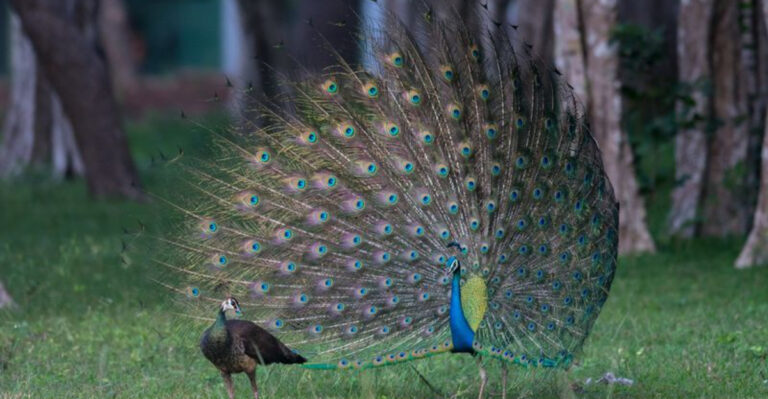10 Aquatic Creatures That Don’t Belong In Home Aquariums (No Matter The Size!)
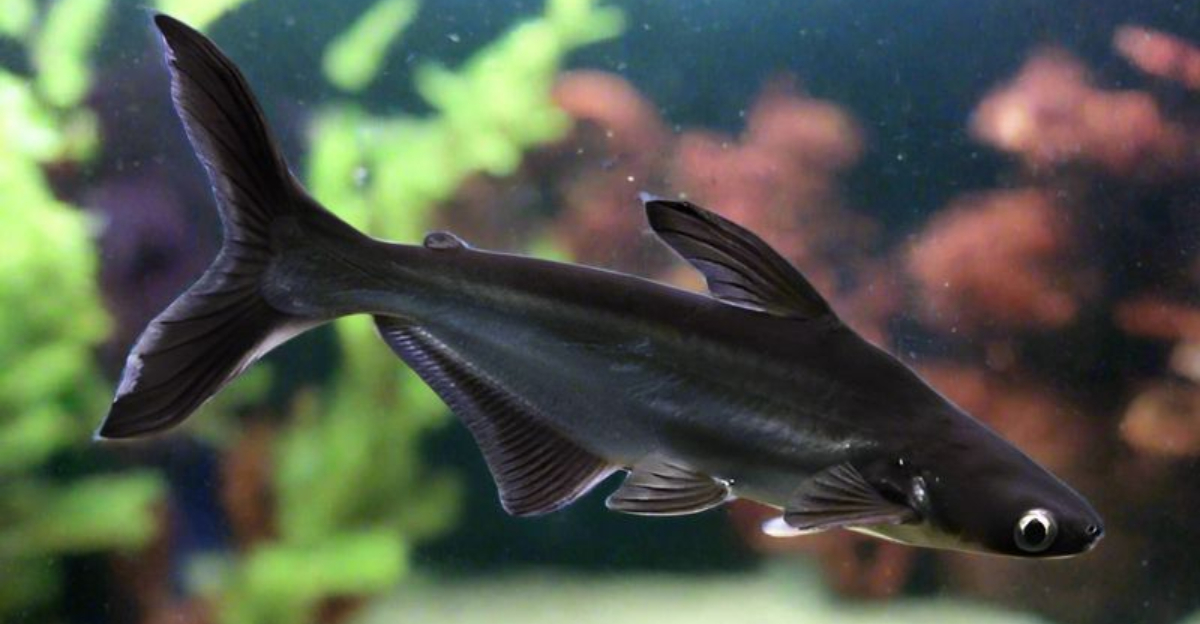
Aquariums can be a beautiful slice of the ocean at home – but not every sea creature belongs behind glass.
Some aquatic species are just too big, too tricky to care for, or downright risky to keep in a home tank. In this guide, we’ll look at eight fascinating animals that are best left to the wild or expert care. Knowing their limits means happier animals and a better experience for aquarium lovers.
1. Box Jellyfish
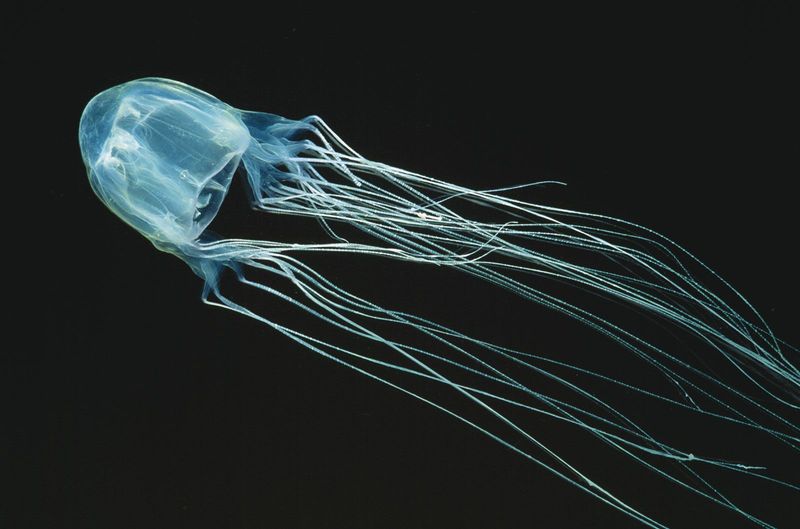
The Box Jellyfish, with its nearly invisible body and venomous tentacles, is a marvel of nature. Its presence in a home aquarium would be both dangerous and unethical.
These jellyfish require specific oceanic conditions that are impossible to replicate in a tank. Moreover, their venom can be lethal, posing a risk to any curious onlooker.
Did you know? The Box Jellyfish’s sting is among the most deadly in the animal kingdom, capable of causing cardiac arrest in mere minutes. A wondrous but perilous creature, it belongs in its natural habitat.
2. Blue-Ringed Octopus
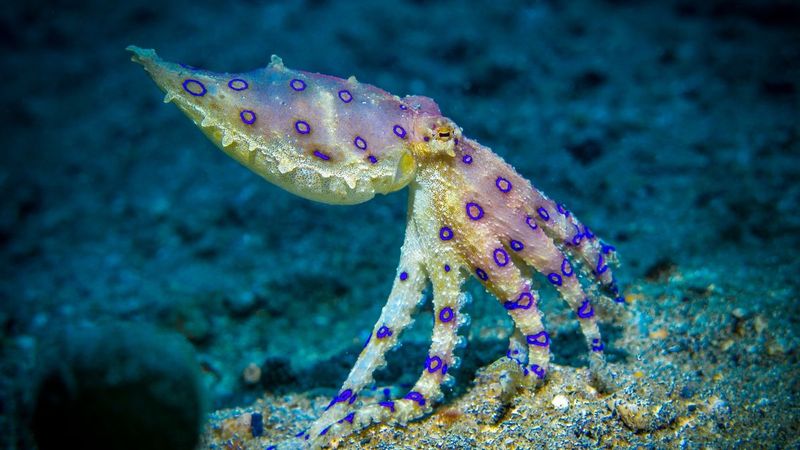
With its vivid blue rings as a warning sign, the Blue-Ringed Octopus is both captivating and dangerous. Its small size might make it seem suitable for an aquarium, but its venomous bite is deadly.
This octopus prefers the freedom of coral reefs, where it can hunt and hide. Capturing its beauty in a tank could lead to dire consequences for both the owner and the octopus.
3. Common Plecostomus
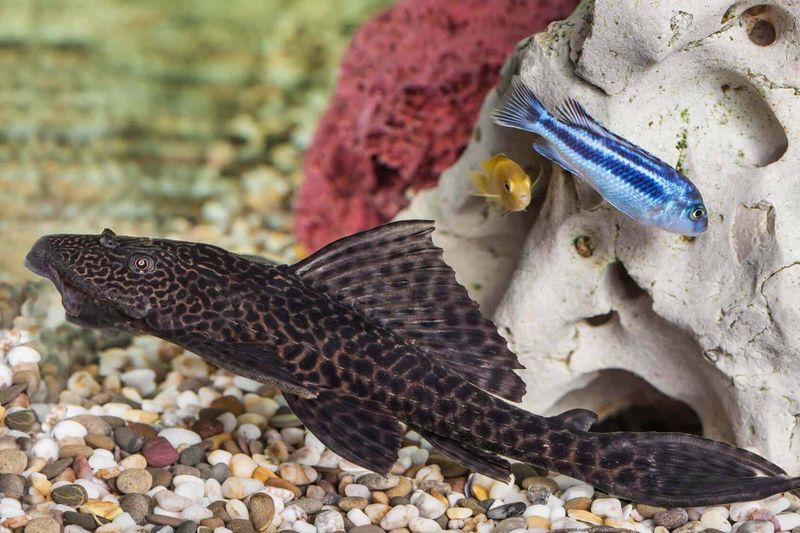
The Common Plecostomus, often marketed as an ideal algae eater for home aquariums, presents significant challenges for hobbyists. These fish can reach an impressive length of up to 24 inches (61 cm), quickly outgrowing most standard home tanks.
Their size alone can lead to cramped living conditions, which affect their health and well-being. Moreover, Common Plecos are notorious for the considerable waste they produce, which can rapidly degrade water quality.
This increased waste necessitates frequent cleaning and maintenance, adding to the owner’s workload and stress. Additionally, their nocturnal habits mean they might not be as visible or enjoyable for daytime viewing.
4. Redtail Catfish
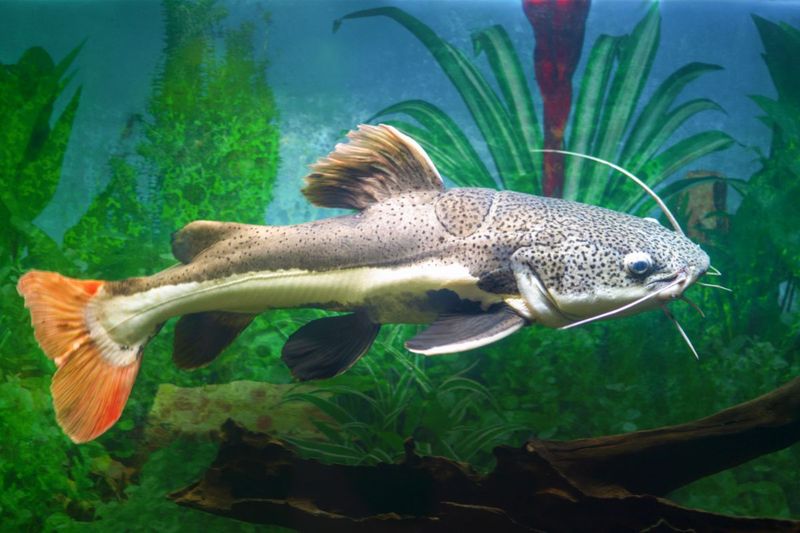
The Redtail Catfish is a striking species native to the freshwater rivers of South America. Aquarists are often drawn to its vibrant red tail and distinctive appearance, but its beauty comes with challenges.
These fish can grow to an astonishing length of up to 5 feet (1.5 meters), demanding a vast amount of space that is unmanageable in a standard home aquarium.
Their predatory nature also poses a threat to any smaller tank mates, often leading to a solitary life in captivity. Maintaining such a large and dynamic fish requires specialized knowledge and equipment, often found only in professional or public aquariums.
5. Iridescent Shark
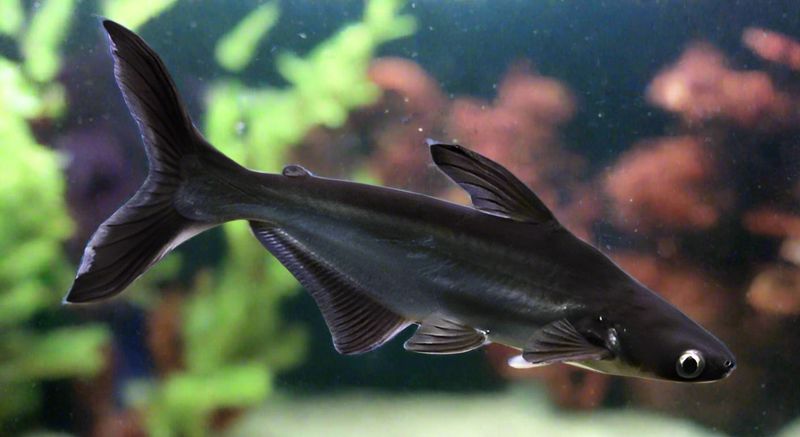
Despite its misleading name, the Iridescent Shark is not a true shark but a type of catfish known for its shimmering scales and active nature. These fish are popular among aquarists, yet they often come with unexpected surprises.
Growing up to 4 feet (1.2 meters), they require extensive swimming space to thrive, which is a rarity in most home tanks. Their size and activity level mean that they often bump into tank walls, leading to stress or injury.
Housing them properly demands a custom-built large aquarium, which can be expensive and space-consuming. Additionally, their social nature means they prefer the company of their kind, further increasing space requirements.
6. Silver Arowana
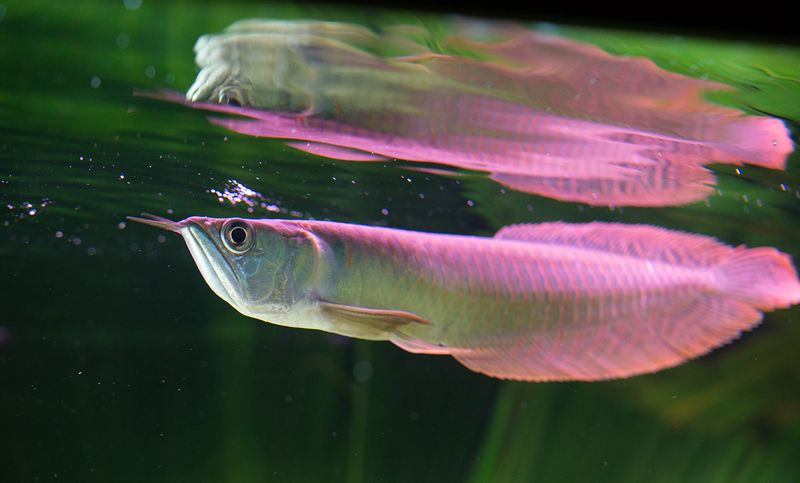
The Silver Arowana, known for its sleek, metallic appearance, is a fascinating species often sought after by fish enthusiasts. However, this fish is a challenging addition to any home aquarium.
Capable of growing up to 3 feet (0.9 meters), they require substantial tank space and a secure, covered environment to prevent their known tendency to jump. These fish are natural hunters with a preference for live prey, which may not align with every aquarist’s capabilities or resources.
Maintaining their dietary and spatial needs can be demanding, often necessitating a custom setup with reinforced lids to prevent escape. Furthermore, their affinity for leaping out of water means they can be prone to injuries, underscoring the need for attentive care.
7. Freshwater Stingrays
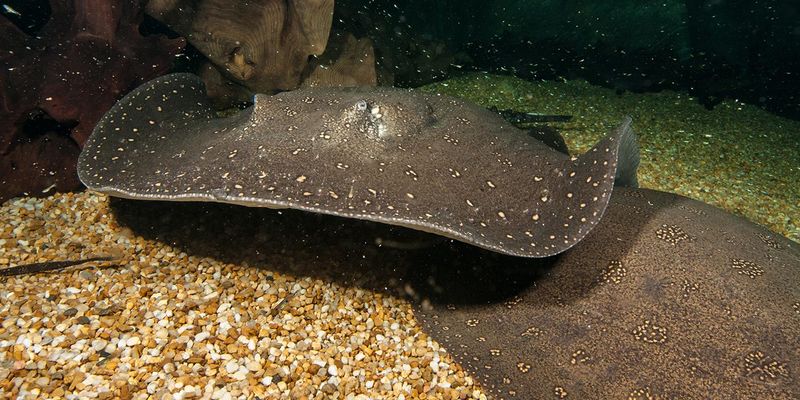
Freshwater Stingrays are mesmerizing with their graceful, undulating movements and unique appearance. However, their care is not for the faint-hearted, posing various challenges to home aquarists.
These stingrays demand large tanks with expansive floor space to accommodate their disc-like bodies, which can grow notably large. Pristine water conditions are essential, as they are highly sensitive to changes in water quality, requiring sophisticated filtration systems.
Their venomous tail barbs also present a risk, necessitating careful handling to avoid injury.
Due to these specialized requirements, only seasoned aquarists equipped to meet their complex needs should consider keeping them.
8. Giant Gourami
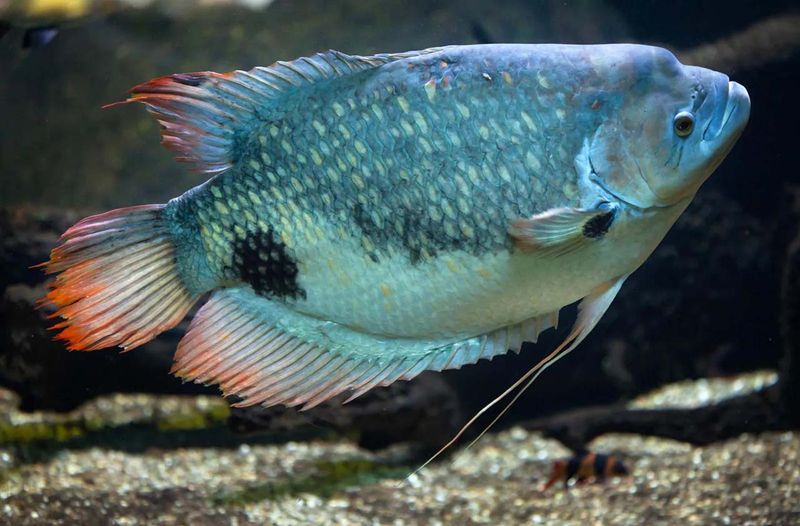
The Giant Gourami may start off small and manageable, making it a tempting choice for novice fish keepers. Yet, this species undergoes a dramatic transformation in size and appetite.
Growing up to 28 inches (70 cm), they quickly outgrow typical home aquariums, necessitating a move to much larger enclosures. Their substantial dietary needs further complicate care, as they require a varied diet to maintain health and vibrancy.
These voracious eaters are known for uprooting plants and rearranging decorations, often leading to a bare and unkempt tank if unmonitored. Their strong personalities and territorial behavior mean they might not coexist peacefully with all tank mates.
9. Pacu
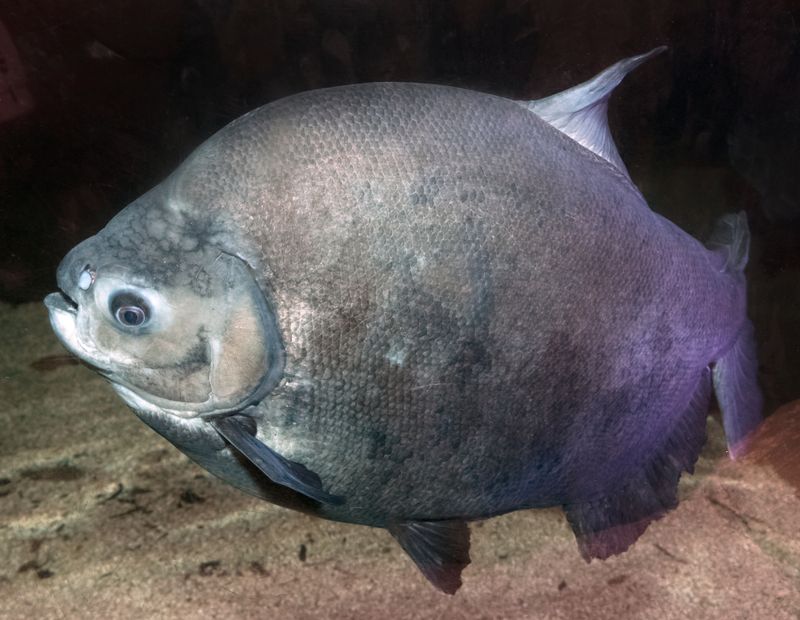
The Pacu, a cousin of the infamous piranha, often surprises aquarists with its unexpected growth and powerful bite. While they initially appear manageable, these fish can grow up to 3 feet (0.9 meters).
Their size demands an expansive living space, far exceeding that offered by most home aquariums. Pacus are herbivorous with strong jaws, capable of crunching through nuts and seeds, and even aquarium equipment if not properly secured.
Their dietary habits require detailed planning to prevent health issues and maintain water quality. Maintaining a suitable environment for a Pacu can also be costly, requiring large tanks and robust filtration.
10. Bala Shark
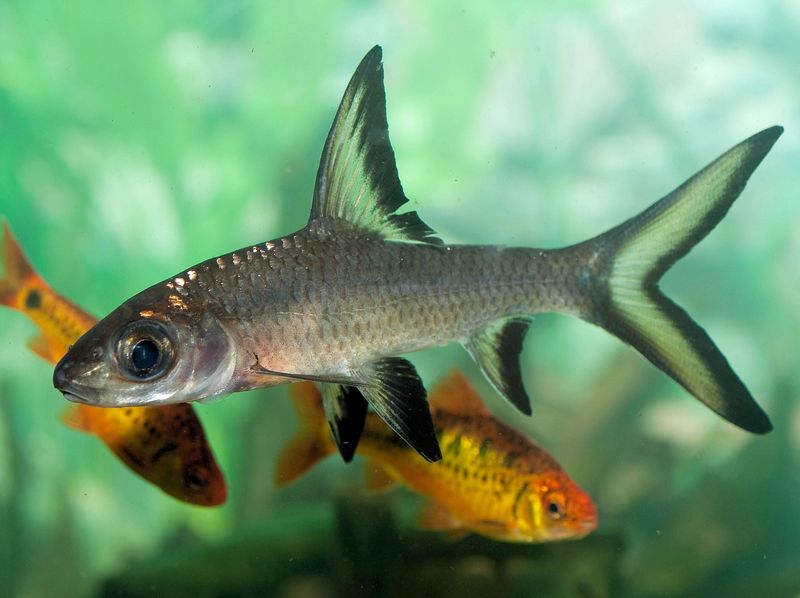
The Bala Shark, with its sleek, torpedo-shaped body and peaceful demeanor, is often thought to be an ideal addition to community tanks. However, their requirements tell a different story.
Reaching up to 14 inches (35 cm), they need ample swimming space, which many home aquariums cannot provide. Bala Sharks are active swimmers and thrive in schools, which further increases the space needed for them to be comfortable and healthy.
Their tendency to jump requires a secure, covered tank to prevent escape. Additionally, their social nature means they do best in groups, which adds to the spatial demand.






